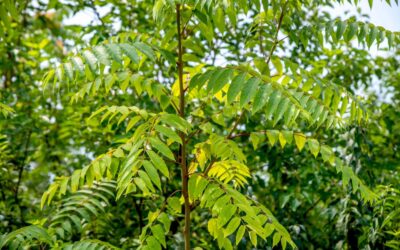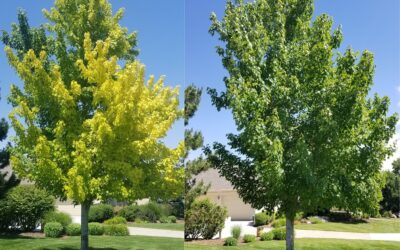When Spanish explorers reached the southern Rockies, they were greeted by a familiar sight. Large stands of short, bushy evergreen trees reminded them of the Stone Pines native to their homeland, so they called them by the same name—pino piñonero—a name they still go by today, albeit in a shortened form. And like its European cousin, the piñon, or pinyon, pine had been around for centuries, providing an important source of nutrition to ancient hunter-gatherer populations.
Nutty for the Nuts
Pre-agricultural societies lived off the land, and the land wasn’t always kind. Both game and edible plants could be scarce and hunting them took a lot of energy. Fortunately, they quickly learned that the seeds of the pinyon, also known as pine nuts, were full of nutrients. A single pound has 3000 calories and essential fatty acids along with vitamin E, calcium, zinc, iron, and magnesium.
Long a staple in native diets, pine nuts have become a popular ingredient in today’s southwestern and Mediterranean cuisine as well as nutritious, high-energy snacks.
A True Colorado Native
Evidence of North American pinyon pines predates the arrival of humans on the continent over 12,000 years ago. It ranges throughout the Rocky Mountain region, and one of eight subspecies of pinyon, the pinus edulis, is the state tree of New Mexico. Also.native to Utah, Arizona and Colorado, it’s sometimes also known as the Colorado pinyon, especially when grown in the state. In Colorado, native stands are spread mostly in the south and along the Western Slope.
Tough and Pretty
Often used as windscreens, pinyon pines also make striking landscape specimens, especially in naturalized or xeriscaped areas. Their compact size and slow growth make them an excellent choice for smaller areas.
Closely related to the iconic bristlecone pines of windswept high mountain areas, the Colorado pinyon is larger and more fully leafed. Its 1-inch needlelike evergreen leaves grow in pairs, and its scaly bark has a reddish-brown furrowed look. It grows to a mature height of around 20 feet with a spread of about 10 feet. Its branches spread upward in a bushy, rounded shape and produce large numbers of egg-shaped cones that contain edible seeds known as pine nuts. The “nuts” are ready for harvest in the fall.
Pinyon wood has a distinctive aroma and when burned its smoke is a natural mosquito repellent, making it popular for use in fire pits and chimeneas. Its natural resins make it a poor choice for cooking, though.
Pinon pines tolerate poor soils, dry climates, and harsh weather. Hardy to -35°F at elevations up to 7,500 feet, these Colorado natives are a rugged, yet attractive choice for Front Range landscapes.
Properly chosen and maintained trees are an important investment that can add considerable value to both residential and commercial property. Donovan Arborists offers planting, pruning, and shearing services for pinyon pines and other trees and shrubs as well as a complete landscape maintenance package for property in the Denver area.
We’re always happy to give free estimates to homeowners and property managers for any services they may need.



